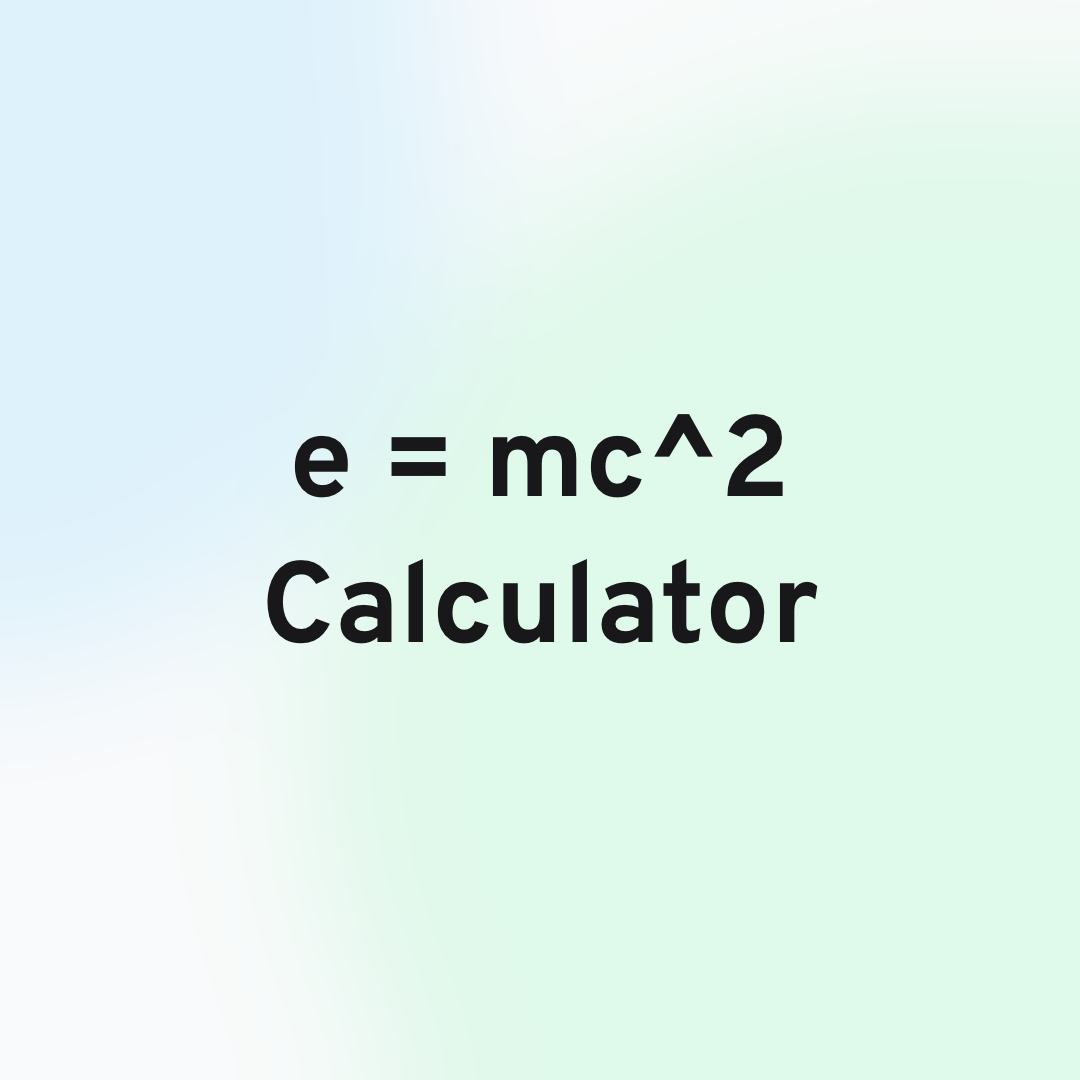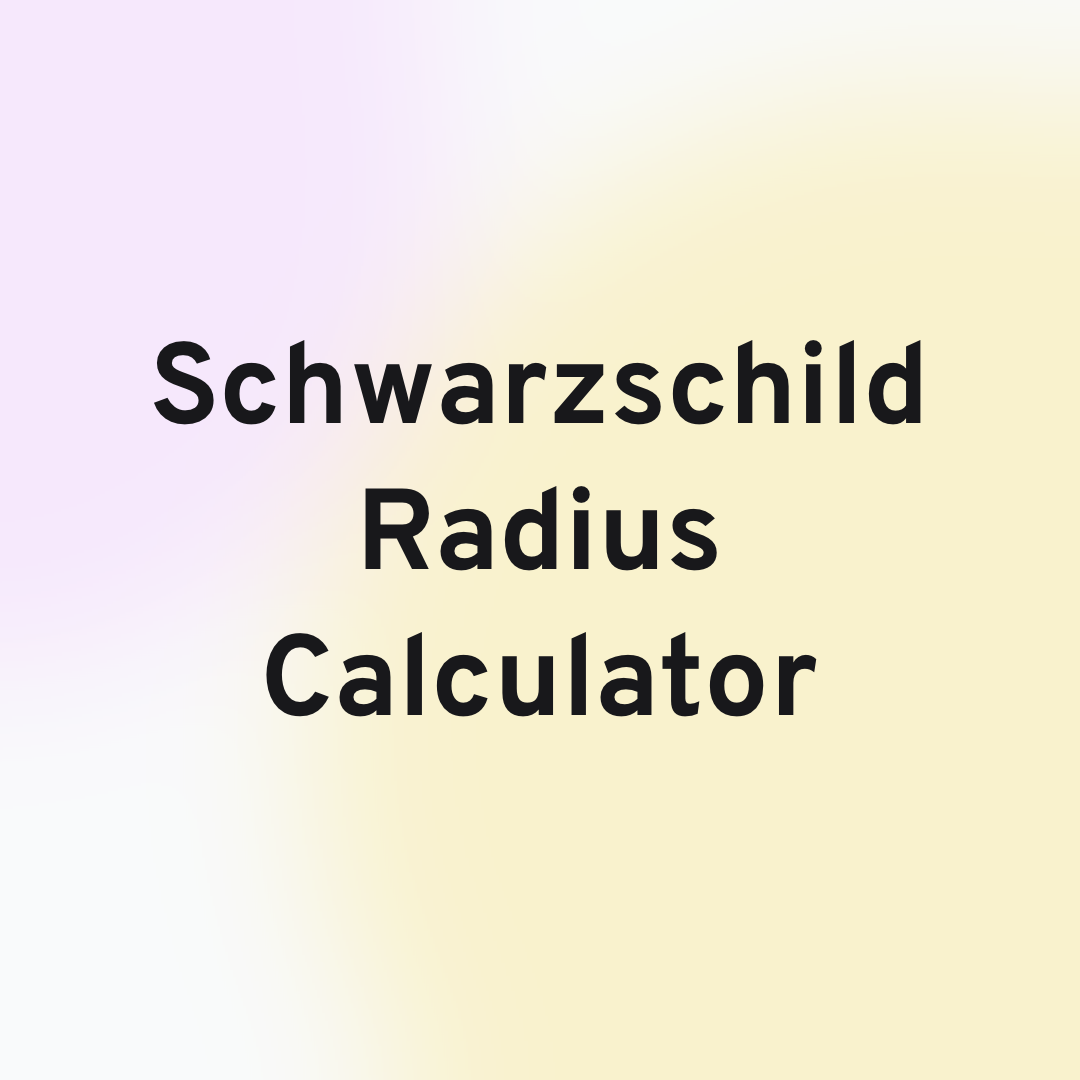
Physics
Thermodynamics
Charles Law Calculator
Quickly and accurately calculate gas volume changes at different temperatures using the Charles Law Calculator
Snell’s Law describes the relationship between the angles of incidence and refraction when light passes through a boundary of two different isotropic materials. It is also called the Law of Refraction. Using our Snells Law Calculator, we can calculate the angle of incidence, angle of refraction, or the refractive indices of the media.
Snell’s law states that given light passing through two different isotropic media, the ratio of the angle of incidence to the sign of the angle of refraction is equal to the inverse ratio of the refractive indices.
Using Snell’s Law Calculator, we can calculate the angle of incidence, angle of refraction, or the refractive indices of the media.
The variables in our Snells law calculator include
Refractive Index (na) The index of refraction of material with Incident light
Angle of Incidence (θa) The angle of incidence as measured from the normal
Refractive Index (nb) The index of refraction of material with Refracted light
Angle of Refraction (θb) The angle of refraction as measured from the normal
When light travels from one medium to another, it bends or refracts into the medium, and the same thing happens when the light exits the medium, it bends or refracts.
This happens because light travels slower in the material than in a vacuum. And the ratio of the speed of light in a vacuum and the material gives us the index of refraction or refractive index of the material.
Where,
c → Speed of light in vacuum
v → Speed of light in the material
n → Index of refraction of an optical material
The incident ray, reflected ray, refracted ray and the normal to the surface all lie in the same plane, called the plane of incidence.
The laws of refraction and reflection are
We can calculate the Snells Law by using the following formula
Where,
na → Refractive Index of material with Incident light
nb → Refractive Index of material with Refracted light
θa → Angle of incidence measured from the normal
θb → Angle of refraction measured from the normal
Snell’s Law states that the ratio of the sine of the angle of incidence to the sine of the angle of refraction is a constant. Hence the angle of incidence and angle of refraction are related. The angle of incidence is the angle formed by incoming light and the normal to the boundary, whereas the angle of refraction is formed by refracted light and the normal to the boundary.
Both Snell’s Law and the law of reflection explain the behaviour of light. However, they are not the same. The angle of incidence equals the angle of reflection, according to the law of reflection. However, Snell’s Law stipulates that the ratio of the sine of the angle of incidence to the sine of the angle of refraction is constant.
The refractive index is a constant related to Snell’s Law, defined as the ratio of the speed of light in a vacuum to the speed of light in a specific substance. In Snell’s Law, we use the refractive index to compute the angles of incidence and refraction.
We used Snell’s law to understand how light travels in different media. It finds its use, particularly in manufacturing eyewear, lenses, mirrors, and cameras. Fiber optics is one of the main real-life applications of Snell’s law. Similarly, we also use Snell’s law to examine the concentration of fluids.

Physics
Thermodynamics
Quickly and accurately calculate gas volume changes at different temperatures using the Charles Law Calculator

Health
Fitness
Know your ideal weight. Calculate your Body Mass Index (BMI) with precision using our BMI calculator. Get insights into your body now!

Physics
Thermodynamics
Understand how pressure and volume are related, precisely calculate the pressure and volume changes in gases using our Boyles law calculator.

Physics
Modern Physics
Compute energy from Einstein's famous equation using our e=mc^2 (emc2) calculator. Input the mass and calculate the energy precisely.

Physics
Thermodynamics
Easily calculate the pressure, volume, temperature, and quantity of an ideal gas using our nifty ideal gas law calculator!

Physics
Modern Physics
Understand gravitational forces with the Schwarzschild Radius Calculator, compute critical radius at which the objects falls into blackhole.